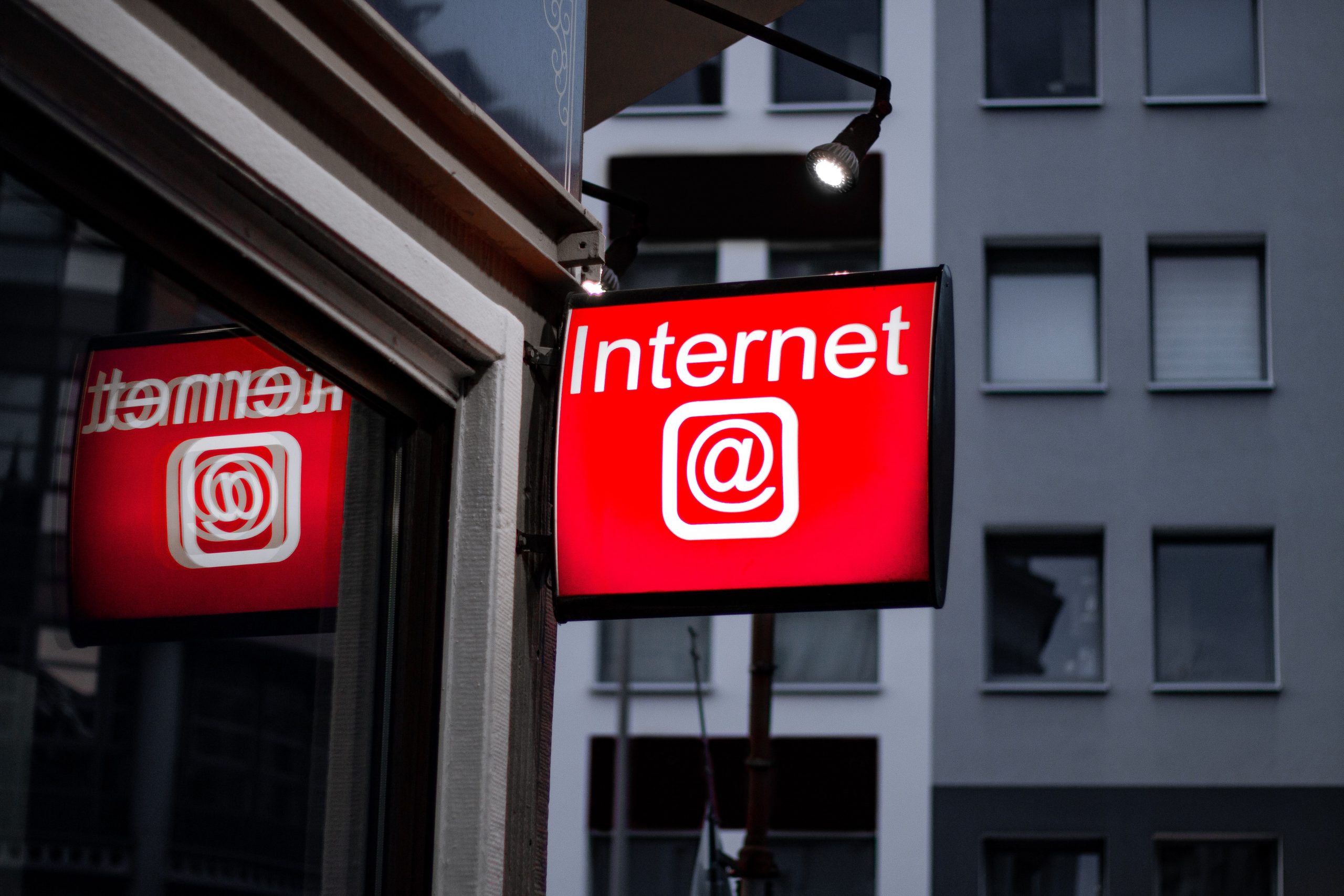A couple of days ago, Cloudflare, the Internet’s largest content delivery network went down, taking with it multiple websites that use the platform. On June 21, 2022, web users on high traffic sites like Amazon Web Services, Shopify, Discord and Canva amongst a host of others noticed something was up.
Allegedly, over the past year and a half, the reverse proxy host platform has been upscaling their architecture in an effort to make it more flexible and resilient. A reverse proxy is the face of a back-end application and will pass on information requests made by users to that application.
Also Read: Tech companies form metaverse standards body, Apple left out
The outage didn’t last for too long, just over an hour. Downdetector found that Cloudflare’s systems went down at nearly 12 PM Indian Time. The first data centre came back up around 12:30 PM and by 1:10 PM, Cloudflare reported that things were back to normal.
Traffic at 19 of their data centres were affected according to the platform. Unfortunately for them, those centres were also hubs of global Internet traffic and handled a significant chunk of information flow. Surprisingly, the centres only comprise 4% of their total network but their downtime affected 50% of requests, according to Cloudflare.
Also Read: Microsoft to stop selling AI facial recognition software
A change in their long-running project to increase the resilience of their network infrastructure was what triggered the outage, according to a statement released by the company. As part of the project, the company has already converted some of its other centres to their proprietary architecture internally called Multi-Collo PoP.
Much like this one, the Internet faced a global outage last year when another hosting platform, Fastly went down because a customer changed their settings which triggered a bug in their software. Outages like this have often raised questions about the small amount of infrastructure companies and their reliability when it comes to hosting the Internet.






